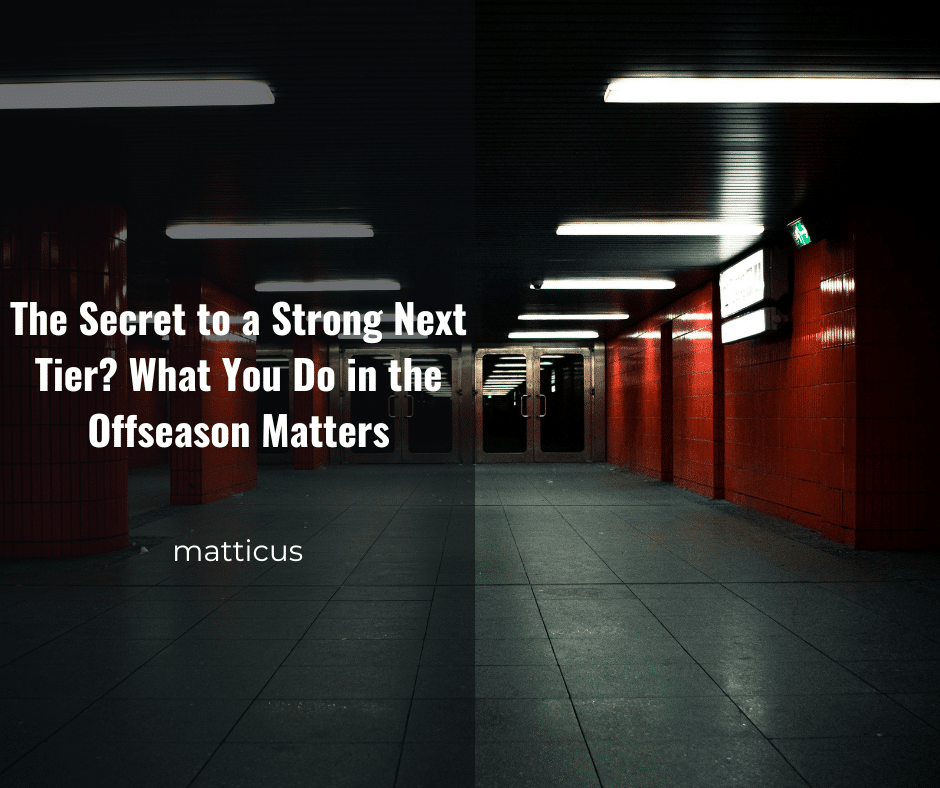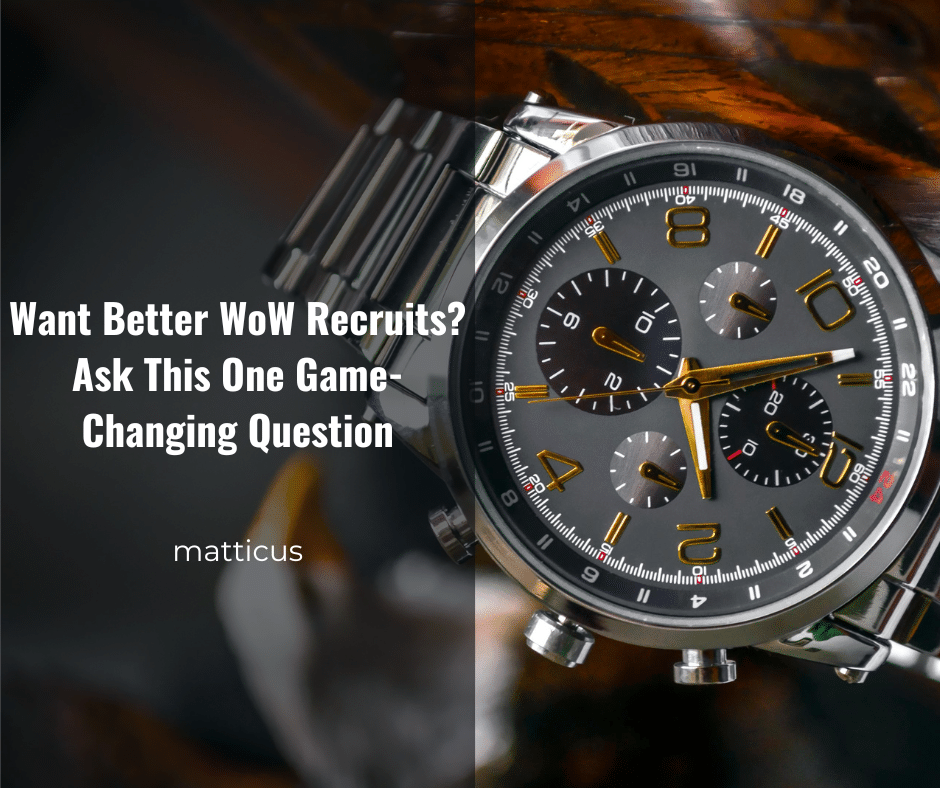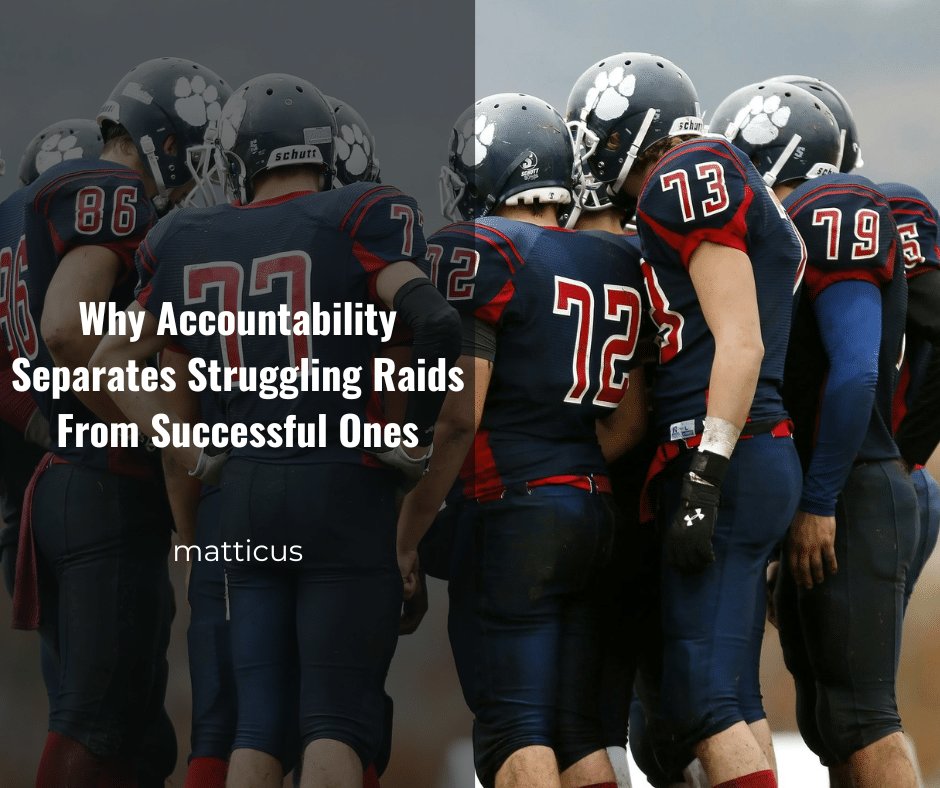With the Liberation of Undermine wrapped and Death Jesters locking in the final boss kill, we’ve officially entered the offseason. There is no more boss progression. No more tuning headaches. Just reclears, loot funnels, and a relaxed breathing room.
It has that same feeling as school being let out for the summer, with the empty hallways and lockers being cleared out.
But make no mistake, this isn’t downtime. The work doesn’t stop just because the scoreboard says we’re done. In fact, this is one of the most important phases for raid leadership and team building.
Offseason isn’t where you chill.
It’s where you prepare to win the next tier.
Rotating in Trials and New Players
This is the perfect time to evaluate new players and trial members looking to join a team for the next tier.
During progression, every pull matters. There’s limited room for risk-taking with new trials. But now? We can afford to rotate in new and returning players during farm clears to give them real reps.
We’re watching for more than just logs:
- How do they prep for raid?
- Are they communicative and receptive to feedback?
- Do they ask smart questions?
- How’s their mechanical execution under farm-level pressure?
We had a situation where one of our players had a bit of uncertainty regarding gate placement on Sprocket. I messed up on Gallywix regarding the timing of taking a gate. Farm bosses give us a stress-free way to test someone. I like to approach it as a pre-season game before the season starts again.
Testing Main Swaps and Class Flexibility
This is also the ideal time for players to experiment.
Maybe your current main isn’t feeling right. Maybe you’re eyeing a class that looks strong heading into the next tier. Maybe someone’s just burnt out on their current toolkit and try something new.
We’re giving players space to test out alternative classes. This isn’t a promise that swaps will be locked in, but it’s a chance to gather data. Try the new spec or class. See if you like it. See how you perform. We were saved on progression when one of our tanks happened to have a serviceable Prot Paladin to help get us through Mug’zee and Gallywix. This is a great time to get up a second character to have in your back pocket in case your main class gets nerfed to the point of unusability next tier.
Whatever you do, be honest (to yourself and to your leaders). Be open to it. If you’re thinking about swapping, don’t wait until week one of the next tier. Let us test, evaluate, and plan now so we’re not scrambling later to replace the raid buff that your class provided (if you were the only one).
End-of-Tier Interviews and Roster Check-Ins
One of the most important things we’re doing is checking in with every raider individually. Although it’s still too early for that, it’s on our to-do list for the summer leading up to the next tier.
These quick end-of-tier conversations give us clarity on:
- Who’s staying
- Who might be stepping back or leaving
- Who’s interested in changing classes or roles
- Who’s mentally exhausted and needs a break
Rather than waiting for a “surprise” benching or drop-off mid-progression, we’d rather address it now. This kind of transparency helps us plan ahead, set recruitment goals, and adjust expectations.
Keeping Structure Without Burning Out
It sorely tempting to drop down to zero responsibility during the offseason. But total disengagement can backfire. That’s how people drift, motivation drops, and your team rolls into the next tier completely rusty and unprepared.
So we’re keeping a light but structured schedule:
- Farm clears with rotating rosters (not everyone needs a 3 vault slot in the raid tier section)
- Optional off-nights for M+ or chill games (Krunker-strike on Discord has been a hit)
- Shortened raid nights when we’re on our game
The goal is to stay engaged without overloading anyone.
This Is Where Next Tier’s Success Begins
You don’t build a Mythic team during Mythic progression.
You build it between tiers.
The work we put in now pays off when the next raid hits, and we don’t have to waste two weeks rebuilding momentum.
This is our foundation phase. And the stronger we make it, the smoother our next tier is going to be.
So yeah, the final boss is dead.
But the grind?
It never really ends.


